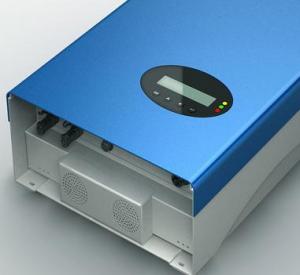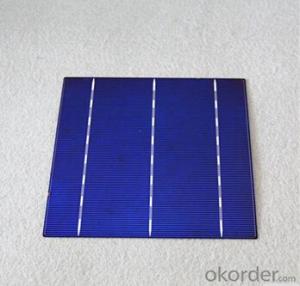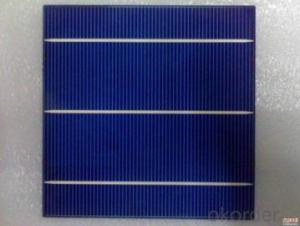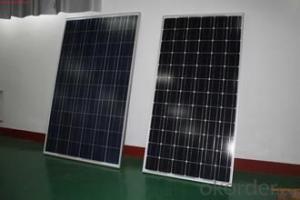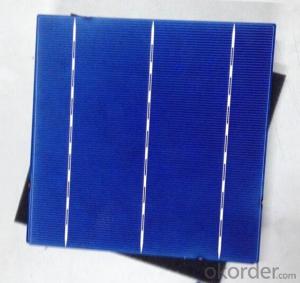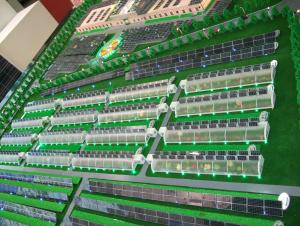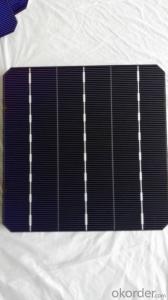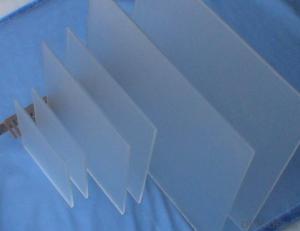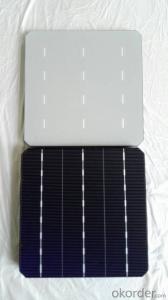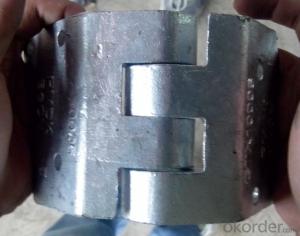Screen Printed Solar Cells
Screen Printed Solar Cells Related Searches
Screen Printing Solar Cells Printed Solar Cells Printable Solar Cells Printed Organic Solar Cells Printed Solar Cells Technology Organic Printed Solar Cells Printable Organic Solar Cells Printed Solar Cells For Sale 3d Printed Solar Cells Printing Solar Cells At Home Printed Solar Cells Efficiency Chipped Solar Cells Csiro Printed Solar Cells Plant Based Solar Cells Folding Solar Cells Foldable Solar Cells Crystalline Solar Cells Photovoltaic Solar Cells Home Built Solar Cells Custom Solar Cells Pretabbed Solar Cells Floating Solar Cells Creating Solar Cells High Performance Solar Cells Cheap Solar Cells Compact Solar Cells Polymer Based Solar Cells Residential Solar Cells Pre Tabbed Solar Cells 3d Solar CellsScreen Printed Solar Cells Supplier & Manufacturer from China
Screen Printed Solar Cells are a type of photovoltaic technology that utilizes screen printing techniques to deposit layers of various materials onto a substrate, forming a solar cell capable of converting sunlight into electricity. These solar cells are known for their efficiency and cost-effectiveness, making them a popular choice for various applications. They are widely used in residential, commercial, and industrial settings, as well as in off-grid applications such as remote power systems and portable devices. The versatility of screen printed solar cells allows them to be integrated into a range of products, from small consumer electronics to large-scale solar power plants.In various usage scenarios, screen printed solar cells demonstrate their ability to harness solar energy efficiently, providing a sustainable and eco-friendly source of power. They are particularly useful in areas with abundant sunlight, where they can generate significant amounts of electricity to offset traditional energy sources. The adaptability of these solar cells also makes them suitable for a wide range of environments, from urban rooftops to remote rural locations. Okorder.com, as a wholesale supplier, offers a large inventory of screen printed solar cells to cater to the diverse needs of customers worldwide. With a commitment to quality and customer satisfaction, Okorder.com ensures that the screen printed solar cells they provide meet the highest industry standards, making them a reliable choice for those seeking to invest in renewable energy solutions.
Hot Products




